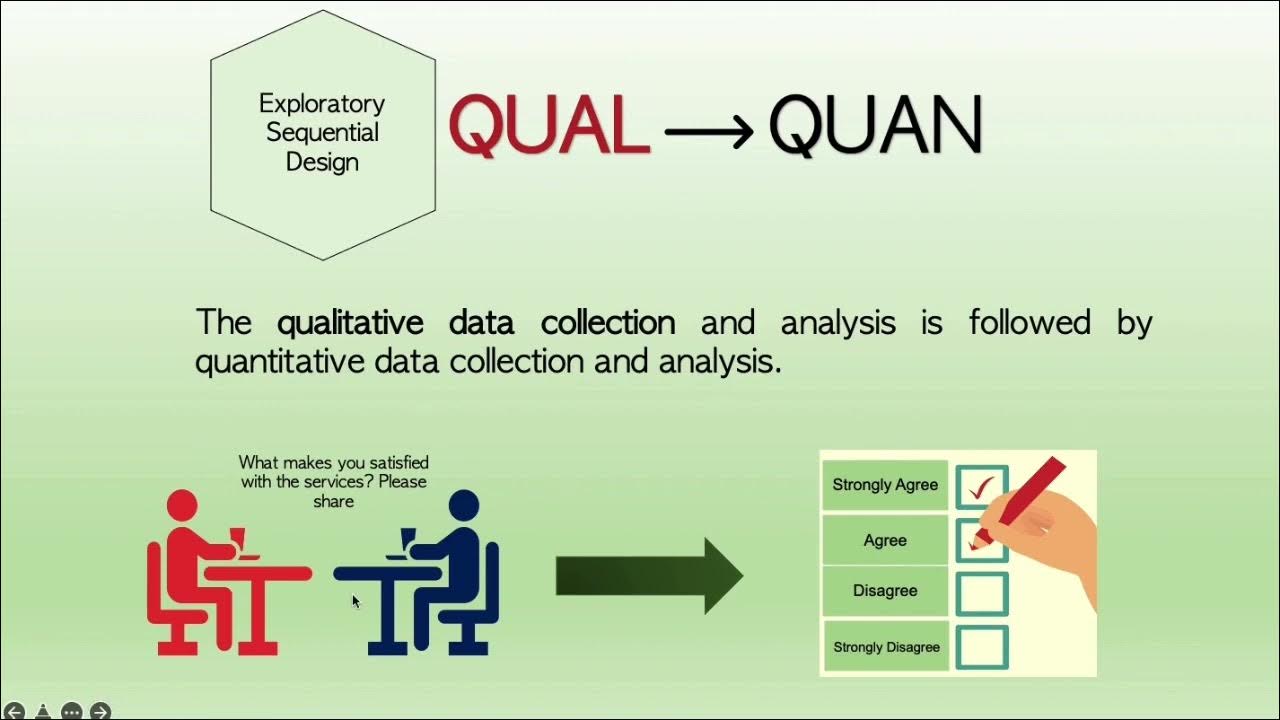Praktikum KFD-Pengenalan Analisis Kuantitatif Metode Volumetri
Summary
TLDRThis video demonstrates a quantitative analysis experiment using volumetric methods. It covers the preparation of NaOH (0.1 M) and oxalic acid solutions for standardization, as well as the titration of acetic acid. Key steps include dissolving NaOH in CO2-free water, standardizing its concentration with oxalic acid, and titrating acetic acid using a 10x and 100x dilution method. The experiment emphasizes careful preparation, precise measurements, and observing color changes to determine the endpoint of titration. This procedure highlights fundamental lab techniques for performing titration and analyzing chemical concentrations.
Takeaways
- 😀 The procedure starts with the preparation of NaOH and oxalic acid for standardization in a volumetric analysis.
- 😀 Aquades (distilled water) is used to prepare solutions, but it must first be made CO2-free for accurate results.
- 😀 Equipment required for the procedure includes beakers, funnels, volumetric flasks, burettes, and pipettes.
- 😀 The first step is to boil 1 liter of aquades, then cool it down before using it to prepare NaOH solutions.
- 😀 NaOH is prepared by dissolving 2 grams of solid NaOH in CO2-free aquades to make a 0.1 M NaOH solution.
- 😀 Proper care is required when filling the volumetric flask to ensure that the NaOH solution reaches the correct meniscus level.
- 😀 The NaOH solution is then standardized using oxalic acid, which is titrated with the prepared NaOH solution.
- 😀 The oxalic acid solution is prepared by dissolving 210 mg of oxalic acid in 75 mL of CO2-free aquades and adding phenolphthalein as an indicator.
- 😀 The titration of oxalic acid involves adding NaOH until a faint pink color, indicating the endpoint.
- 😀 After standardizing the NaOH solution, vinegar (acetic acid) is prepared for titration by first diluting it 100 times.
- 😀 The final titration of diluted acetic acid is performed using NaOH to determine the concentration of acetic acid in the vinegar.
Q & A
Why is CO2-free water used in the preparation of NaOH?
-CO2-free water is used to prevent the reaction of NaOH with dissolved carbon dioxide, which could form carbonic acid and alter the concentration of NaOH, leading to inaccurate results.
What is the purpose of titrating oxalic acid with NaOH?
-The purpose of titrating oxalic acid with NaOH is to standardize the NaOH solution, ensuring its concentration is accurately known for subsequent titrations, such as the analysis of vinegar.
How is the NaOH solution prepared in the script?
-To prepare the NaOH solution, 2 grams of NaOH are dissolved in CO2-free distilled water, and the solution is diluted to a final volume of 500 mL.
What indicator is used in the titration process?
-Phenolphthalein (PP) is used as the indicator during the titration of oxalic acid and vinegar. It changes color when the endpoint of the titration is reached.
What is the significance of the faint pink color in the titration?
-The faint pink color indicates that the endpoint of the titration has been reached. This color change signifies the complete neutralization of oxalic acid by NaOH.
Why must the NaOH solution be diluted to a precise volume in the preparation?
-The NaOH solution must be diluted to a precise volume to ensure its concentration is accurate. The dilution process ensures that the solution is of the correct molarity for titration experiments.
What is the role of boiling the distilled water in the process?
-Boiling the distilled water removes CO2, which could otherwise affect the NaOH solution’s concentration and lead to inaccurate titration results.
How is the accuracy of the titration determined?
-The accuracy of the titration is determined by the appearance of a faint pink color at the endpoint, and by repeating the titration three times to ensure consistent results.
What are the steps involved in titrating vinegar (acetic acid)?
-Vinegar is first diluted 100 times by taking 10 mL of acetic acid and adding it to a 100 mL volumetric flask. The dilution is carefully performed by adding CO2-free distilled water until the correct volume is reached. The solution is then titrated with the NaOH solution.
What is the reason for performing multiple dilutions of vinegar before titration?
-The vinegar is diluted multiple times to reduce its concentration, making it more suitable for titration with NaOH, which ensures accurate results and proper measurement of acetic acid concentration.
Outlines

This section is available to paid users only. Please upgrade to access this part.
Upgrade NowMindmap

This section is available to paid users only. Please upgrade to access this part.
Upgrade NowKeywords

This section is available to paid users only. Please upgrade to access this part.
Upgrade NowHighlights

This section is available to paid users only. Please upgrade to access this part.
Upgrade NowTranscripts

This section is available to paid users only. Please upgrade to access this part.
Upgrade NowBrowse More Related Video

Materi Farmasi dan Apoteker BAB Kimia Analisis Konvensional 2024 | Calon Apoteker

Understanding Social Science Research: Research Methods

Part 1 : Analisa Kualitatif dan Kuantitatif pada HPLC

Prak. Biokimia Uji Kualitatif dan Kuantitatif Karbohidrat 1

EXPLORATORY SEQUENTIAL MIXED METHOD RESEARCH DESIGN

¿Qué son las TÉCNICAS DE INVESTIGACIÓN? Tipos, características y ejemplos
5.0 / 5 (0 votes)